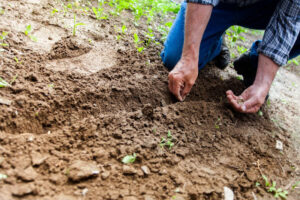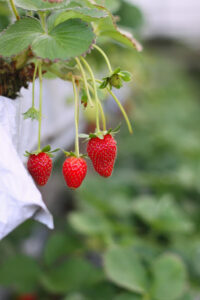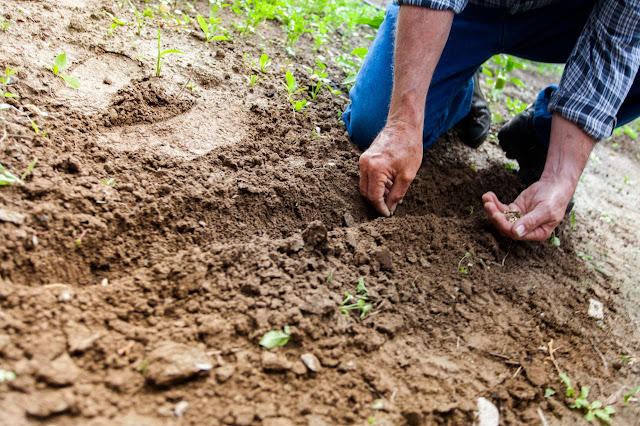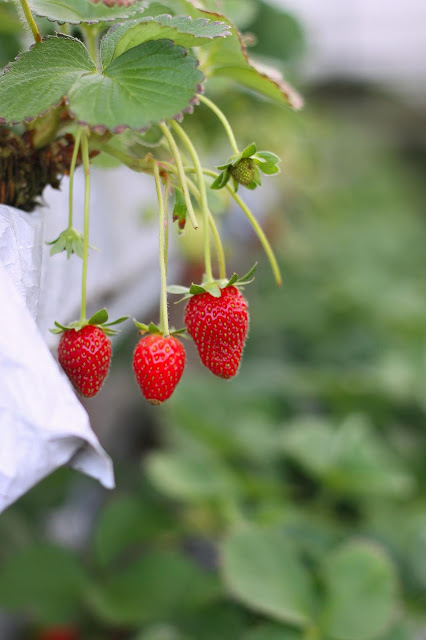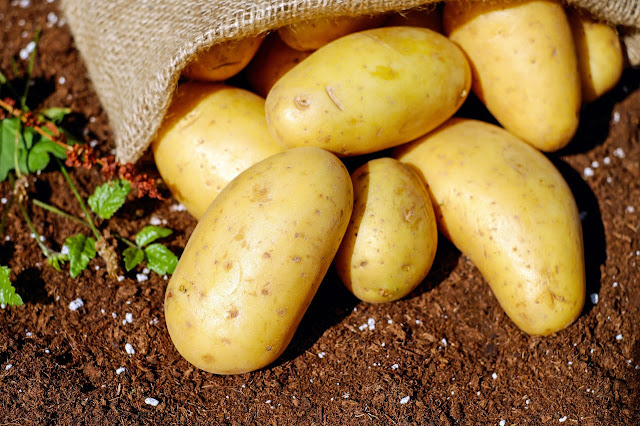
Creating a wildlife-friendly garden is not just about planting flowers; it’s about fostering a miniature ecosystem right in your backyard! Imagine colorful butterflies fluttering around, bees buzzing with delight, and birds singing their melodies. Transforming your garden into a haven for wildlife is not only rewarding for you but also beneficial for the environment. In this guide, we’ll explore creative and practical ways to make your garden a paradise for creatures big and small.
Embrace Nature in Your Backyard Haven
Understanding the Importance of a Wildlife-Friendly Garden
Before delving into the nitty-gritty of garden transformation, let’s understand why it’s crucial to embrace wildlife in your outdoor space.
Why Wildlife-Friendly Gardens Matter
- Biodiversity Boost: A garden teeming with various plants attracts a diverse range of wildlife, contributing to a healthier ecosystem.
- Natural Pest Control: Birds, insects, and other wildlife in your garden act as natural pest controllers, reducing the need for harmful chemical interventions.
- Pollination Powerhouse: Bees and butterflies play a vital role in pollination, supporting the reproduction of flowering plants.
Getting Started: Planning Your Wildlife-Friendly Oasis
1. Choose Native Plants
Select plants that are native to your region as they provide food and shelter for local wildlife. Native plants are adapted to the climate, making them hardier and more attractive to local fauna.
2. Create Diverse Habitats
A variety of habitats cater to different wildlife needs. Include flowering plants, shrubs, trees, and even a small water feature to attract a wide array of creatures.
3. Say No to Chemicals
Ditch synthetic pesticides and fertilizers that can harm wildlife. Opt for organic alternatives to maintain a healthy balance in your garden.
Inviting Winged Visitors: Attracting Butterflies and Birds
4. Plant Butterfly-Friendly Flowers
Create a butterfly haven by planting nectar-rich flowers like marigolds, zinnias, and lavender. These not only attract butterflies but also add vibrant colors to your garden.
5. Set Up Bird Feeders
Hang bird feeders filled with seeds to invite feathered friends. Ensure the feeders are placed strategically, providing birds with a safe space to enjoy their meals.
6. Provide Birdhouses
Install birdhouses in your garden to give birds a cozy spot for nesting. Different bird species prefer different types of houses, so offer a variety to cater to diverse avian tastes.
Buzzing Beauties: Welcoming Bees to Your Garden
7. Cultivate Bee-Friendly Plants
Bees play a crucial role in pollination. To attract these vital pollinators, plant bee-friendly flowers such as sunflowers, coneflowers, and bee balm.
8. Build a Bee Bath
Create a bee bath by placing a shallow dish filled with water and pebbles in your garden. This provides bees with a place to drink and cool off during hot days.
Ground Dwellers: Supporting Small Mammals and Amphibians
9. Leave Wild Areas
Allow a portion of your garden to grow wild, providing cover and nesting sites for small mammals, amphibians, and insects.
10. Install a Small Pond
Ponds are magnets for amphibians like frogs and newts. Even a small, shallow pond can provide a water source and breeding ground for these fascinating creatures.
Sustainable Practices: Nurturing Your Garden and the Environment
11. Composting Magic
Create nutrient-rich compost from kitchen scraps to enrich your soil naturally. This not only benefits your plants but also supports the diverse ecosystem in your garden.
12. Practice Water Conservation
Install a drip irrigation system to efficiently water your garden. This conserves water while ensuring your plants get the hydration they need.
Frequently Asked Questions (FAQs)
Q1: Can I have a wildlife-friendly garden in a small space?
Absolutely! Even a balcony or a small backyard can be transformed into a wildlife-friendly haven. Choose compact plants and utilize vertical space.
Q2: Are there specific plants that attract both butterflies and bees?
Yes, many plants, such as lavender, salvia, and coneflowers, attract both butterflies and bees, making them excellent choices for a diverse garden.
Q3: How do I deal with pests without using harmful chemicals?
Encourage natural predators like ladybugs and spiders by planting companion plants. Neem oil and diatomaceous earth are also effective organic alternatives.
Conclusion
In conclusion, making your garden more wildlife-friendly is a delightful journey that benefits both you and the environment. By embracing native plants, diverse habitats, and sustainable practices, you create a haven where butterflies dance, birds sing, and bees hum. Remember, it’s not just a garden; it’s a vibrant ecosystem waiting to flourish with life. So, roll up your sleeves, grab your gardening tools, and let nature’s magic unfold in your backyard!
Learn about Unlocking the Secrets to Successful Garden Composting: Everything You Need to Know
